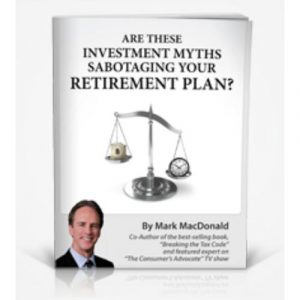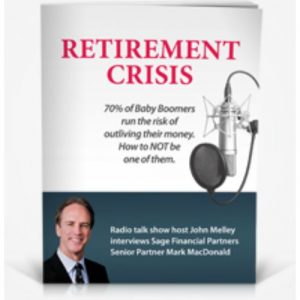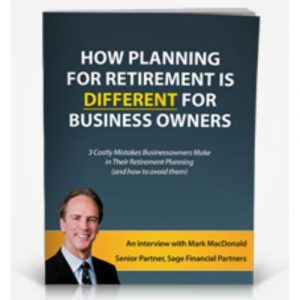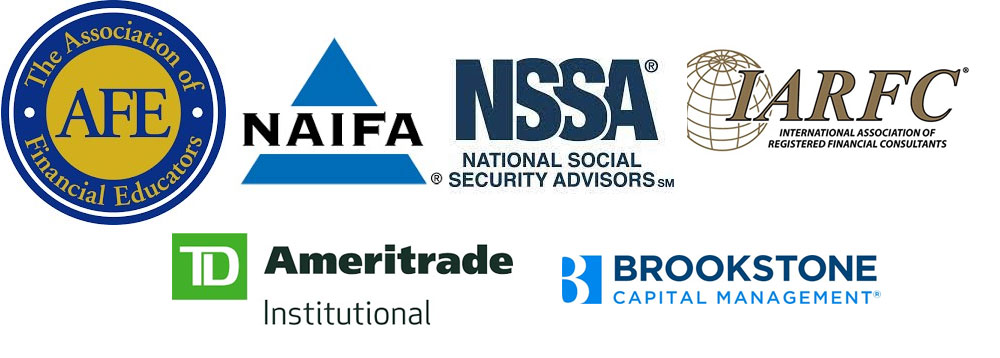IRA, 401k & Corporate Pension Rollovers
Convert Your Old 401(k)’s & IRA’s Into a Lifetime Personal Pension with Death Benefits
Here are the first 2 questions we ask people about their IRA’s and old 401(k)’s when they come to see us:
- How many years is your IRA and 401(k) guaranteed to pay you?
- What is the guaranteed spousal income for your current IRA and 401(k)?
After a little thought, people realize the answer is…There is no guarantee.
That’s where we come in.
After 30-40 years or more saving or “accumulating” money in their IRA’s and 401(k)’s, very few people have thought through the withdrawal or “distribution” plan for these accounts. This is critically important at retirement because we stop contributing to these accounts and start taking money out of them. But not too much. Because if we do…we run the risk of running low or out of money late in life.
Here are the major risks that impact people’s IRA and 401(k) “distribution” plans in retirement:
- Longevity Risk-This is the greatest risk in retirement. It is often called the “multiplier risk” because if affects all other risks. If you outlive life expectancy, which many people will…you may not have enough money left when you need it most.
- Sequence of Return Risk- It is a statistical fact market losses in early retirement hurt more than the same market losses later in life. It can literally be the difference between having and not having money left late in life.
- Inflation Risk- Inflation erodes purchasing power throughout the retirement years. Even if inflation averages only 3% per year over the next 15 years, you will need about $4,700 per month to match the purchasing power of $3000 in today’s dollars.
- Market Risk-Most IRA and 401(k) assets ride up and down the stock, mutual fund and bond market rollercoasters. Where you are on these market rollercoasters could impact when and how much you withdraw from these accounts in any given year.
- Tax Risk- If you have not completely thought through when to take your IRA and 401(k) distributions, Uncle Sam has. He wants his money no later than age 70 ½, and he sets a scheduled distribution on how much he wants. When and how much money you withdraw will impact your other taxable income in retirement.
- Survivorship Risk-When you die, there may not be enough assets left to generate the income your spouse needs or wants late in life.
At Advanced Wealth Preservation we show how to generate lifetime income from your old 401(k) and IRA accounts regardless of market performance. Our advanced retirement income strategies also show how you can receive retirement income from your old 401(k) and IRA accounts after the money in those accounts is gone.
Imagine a stress free, guaranteed paycheck coming from your old 401(k) and IRA accounts for as long as you…and your spouse live. And if for some reason something happened to you and your spouse along the way, any money left in your account goes to your loved ones.
Click here to learn how you can take the stress and uncertainty out of your old 401(k) and IRA accounts by converting them into lifetime income. After all, who wants to take money out of their accounts in down market years or run low on money late in life?
Corporate Lump Sum Pension Rollovers
Should I take the Lump Sum offer or the Monthly Pension Payments?
While most Fortune 500 Companies have gotten out of the defined benefits business (i.e. providing employee pensions), they still have some cleaning up to do on the pension programs they phased out along the way.
Many people come to us with a simple question…Should they take the monthly pension or the lump sum settlement when they leave the company? Our universal answer is…it depends.
Like most things in life, math is a big part of the answer.
Here is a partial list of things you need to think about or know before doing the math:
- What is the single life monthly pension payment?
- What are the joint life payment options? (i.e. 50%, 75%. 100%). The higher the spousal payments, the lower the monthly payments.)
- Inflation Risk- Inflation erodes purchasing power throughout the retirement years. Even if inflation averages only 3% per year over the next 15 years, you will need about $4,700 per month to match the purchasing power of $3000 in today’s dollars.
- Market Risk-Most IRA and 401(k) assets ride up and down the stock, mutual fund and bond market rollercoasters. Where you are on these market rollercoasters could impact when and how much you withdraw from these accounts in any given year.
- Tax Risk- If you have not completely thought through when to take your IRA and 401(k) distributions, Uncle Sam has. He wants his money no later than age 70 ½, and he sets a scheduled distribution on how much he wants. When and how much money you withdraw will impact your other taxable income in retirement.
- Survivorship Risk-When you die, there may not be enough assets left to generate the income your spouse needs or wants late in life.







